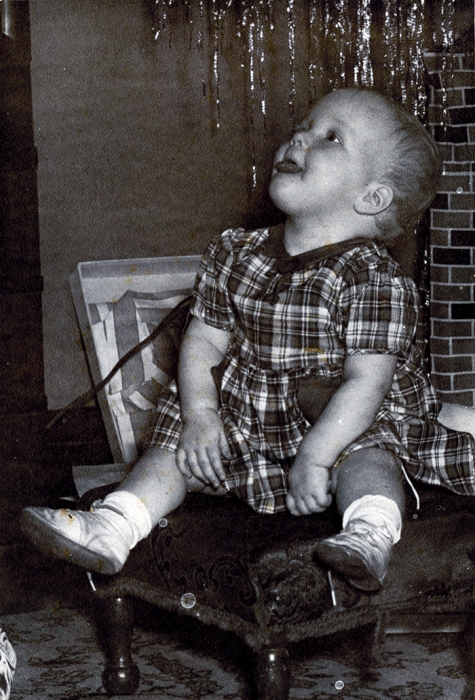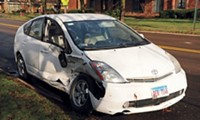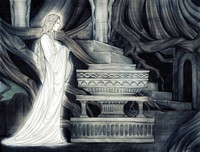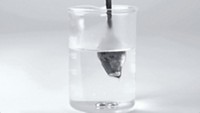Advertisement
Grab your lab coat. Let's get started
Welcome!
Welcome!
Create an account below to get 6 C&EN articles per month, receive newsletters and more - all free.
It seems this is your first time logging in online. Please enter the following information to continue.
As an ACS member you automatically get access to this site. All we need is few more details to create your reading experience.
Not you? Sign in with a different account.
Not you? Sign in with a different account.
ERROR 1
ERROR 1
ERROR 2
ERROR 2
ERROR 2
ERROR 2
ERROR 2
Password and Confirm password must match.
If you have an ACS member number, please enter it here so we can link this account to your membership. (optional)
ERROR 2
ACS values your privacy. By submitting your information, you are gaining access to C&EN and subscribing to our weekly newsletter. We use the information you provide to make your reading experience better, and we will never sell your data to third party members.
K-12 Education
What’s that Stuff
What Is Tinsel Made Of?
From silver to lead to plastic, this holiday tree decoration has evolved with the times
by Carmen Drahl
December 15, 2014
| A version of this story appeared in
Volume 92, Issue 50

Some call tinsel tacky and passé while others can’t imagine a holiday tree without the inexpensive decoration.



Michael J. Drahl (top), the author’s father, on Christmas 1947. Kathleen Fehr, née Flanagan, the author’s mother-in-law, attempts to lick lead tinsel.
But tinsel—named from the Old French word estincele, for sparkle—didn’t always come cheap. The program for the 1853 New York Exhibition of the Industry of All Nations includes silver and gold tinsel goods from Nuremberg and Weissenberg, in Bavaria, though it isn’t clear whether these were made from pure precious metals. Tinsel was in use as a tree decoration in Germany in the late-19th century, says Georgia State University historian Joe Perry, author of the book “Christmas in Germany.” Texts mention thin strips of tin-laminated sheet brass as well as silver-laminated copper wire woven through textiles, he says. The expense of a decorated Christmas tree likely kept tinsel from all but the wealthy.
The 20th century brought tinsel mass production. Lyon, France, was a turn-of-the-century leader in tinsel manufacturing, but demand for copper during World War I made the tinsel trade a low priority across the globe. Aluminum, sometimes combined with cellulose acetate, was also popular but flammable.
Another choice for tinsel during this time was lead. German company Stanniolfabrik Eppstein received an imperial patent on lead tinsel in 1904. That tinsel consisted of a gray, dull lead alloy foil with shiny tin bonded on top, says Dirk Mälzer, chief executive officer of the firm’s modern-day descendant EppsteinFOILS. The other components of the lead alloy are no longer known, Mälzer says. The product was called Stanniol Lametta, from the Latin word for tin and an Italian term meaning “tiny blade.”
But lead-filled tinsel wasn’t German-only merchandise. South Philadelphia-based Brite Star Manufacturing was selling the tree bling “with a large component of lead” by the early 1950s, says Brite Star’s Judy Kinderman.
Lead-based tinsel was a hit. “It was beautiful,” says Susan Waggoner, author of “Handcrafted Christmas” and other books about the holiday’s history. “You had to put it on the tree one strand at a time,” she recalls. “It didn’t tarnish and it would hang down heavy, and you’d have that dripping, glittering icicle effect.”
By the 1960s, though, awareness of the risks of lead poisoning spelled the end for lead-based tinsel. The Food & Drug Administration reached an agreement with tinsel importers and manufacturers, putting an end to lead alloy tinsel in the U.S. in 1972.
The lead heave-ho-ho-ho got people thinking about other tree-trimming options. For instance, in 1969, Walter J. Schrenk of Dow Chemical patented iridescent Christmas tinsel prepared from combinations of polymers having a specified difference in refractive index. Even Stanniolfabrik Eppstein scrapped its imperially approved formula. In 1988, the firm patented tinsel made from an alloy of tin and antimony. Other merchants went back to basics: At least one German silversmith still markets real silver lametta.

Most tinsel nowadays is made with fairly ordinary plastics. At Festive Productions, a family-owned firm in Wales, tinsel is made from polyvinyl chloride, says spokeswoman Cassie Hedlund. Plastic tinsel typically gets its shiny finish from metallization, which is performed by heating and evaporating a metal such as aluminum under a vacuum and condensing it onto the plastic to leave a thin coating.
Diehards like Waggoner miss the heft of classic tinsel. “The plastic stuff just floats in the breeze,” she says. Even EppsteinFOILS’ tin-antimony alloy couldn’t compare with the original. Sales were weaker by comparison, so the company ceased all production of tinsel in 2013.
Back in South Philly, Kinderman hears from so many old-school tinsel fans that she wishes she could join forces with chemists to try again for an inexpensive and safe replacement. “Give them my phone number,” she says, “and we can talk.”
UPDATE: This article was modified on Dec. 19, 2016 to refresh its information and data.





Join the conversation
Contact the reporter
Submit a Letter to the Editor for publication
Engage with us on Twitter